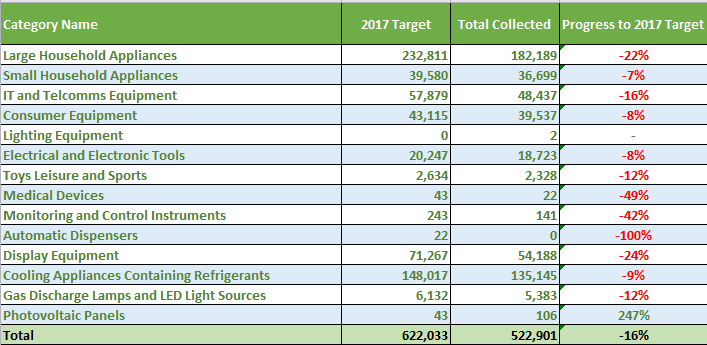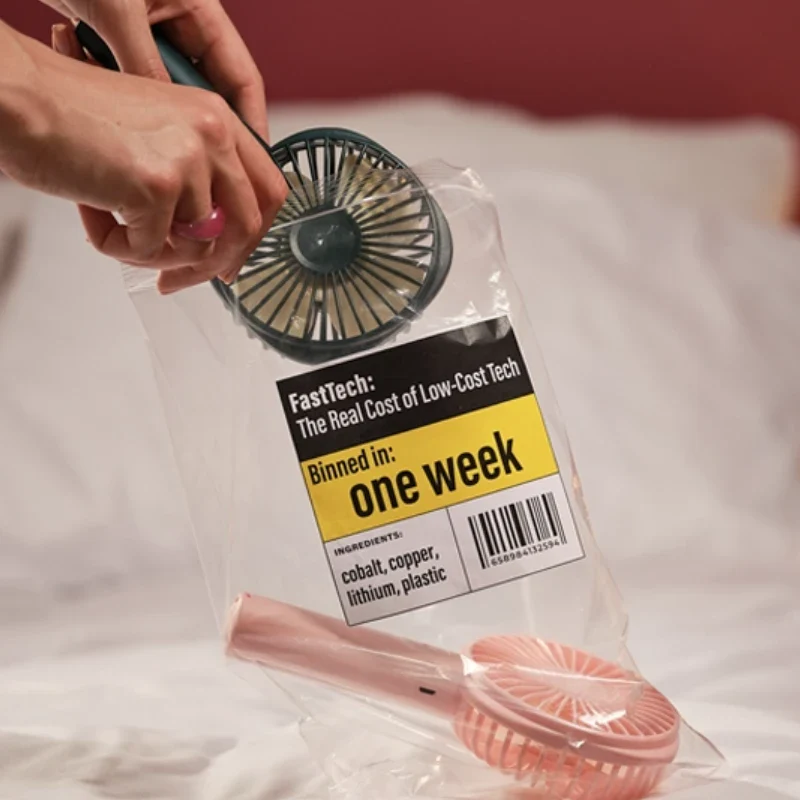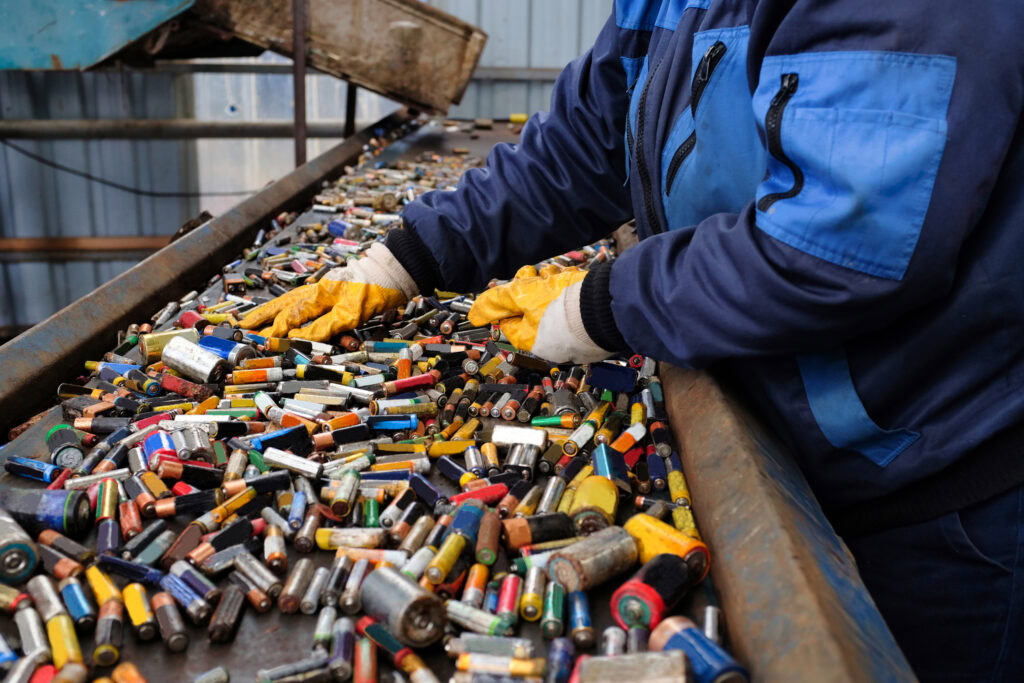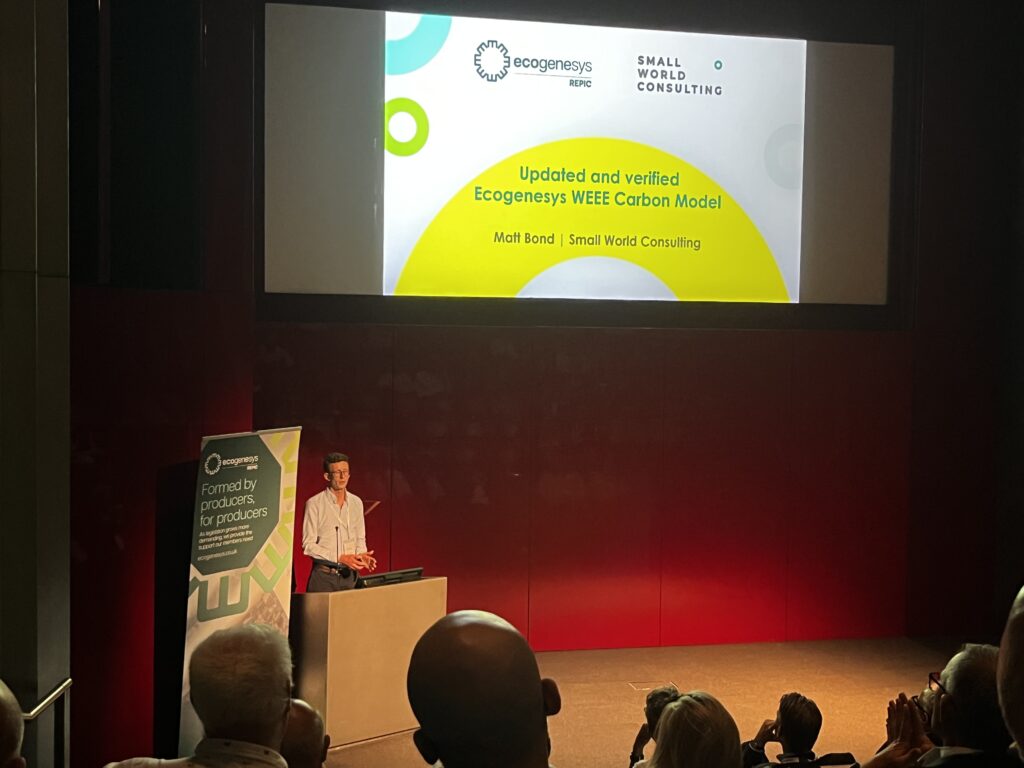However, some producer compliance schemes have remained calm, explaining that the figures are not necessarily disastrous. Others have said that the UK remains on target to meet EU targets once substantiated estimates are taken into account, pointing to a study which shows that up to 10% of scrap metal can be counted as large household appliances.
Targets
In total, compliance schemes collected 522,901 tonnes of WEEE in 2017, which was 16% shy of the target of 621,990.
As outlined in the table below, most individual categories missed the overall 2017 targets, which means the compliance schemes will have to pay a fee on the differences if they did not meet their individual obligation. This is approximately calculated by the average cost of collection multiplied by how far away they are from the target.
This is then used for a variety of initiatives including promotional campaigns to encourage WEEE recycling, and support for local authority collection activities.

Commenting on the release of the figures, John Redmayne, managing director of the European Recycling Platform (ERP UK), said the Q4 data confirms some “interesting trends”.
Mr Redmayne said: “We collected less WEEE in the UK in 2017, with marked declines in the amount of LDA and display equipment collected, and reduced collections of SDA and Cold. For the first time since 2013, collections of most streams have dropped – and less EEE is being put on the market.”
He added that as an industry, the reasons why this has happened will have to be looked at, including looking at whether more WEEE is being collected outside of the producer compliance system.
Amount on market
The total amount of EEE placed on the market in 2017 dropped by over 10% in 2017, to 1,328,901 tonnes. This coincides with a fall of around the same figure with the amount of WEEE collected in 2017. This gives a collection rate of around 39% by compliance schemes.
Mark Burrows-Smith, chief executive of WEEE compliance scheme Repic said that with less EEE being purchased, it is “unsurprising” that the amount of WEEE being produced is also falling.
He said: “All obligated WEEE entering the UK system is being collected and treated, with the PCS Balancing System ensuring that Local Authority sites are being serviced in accordance with legal standards.
“Similarly the amount of non-obligated WEEE collected has fallen.”
Viewed in light of the 2016 data when a total tonnage of 581,415 tonnes of WEEE was collected throughout the year, the slowdown in WEEE collected through the system has led to some concerns (see letsrecycle.com story).
The reasons for a decline are often debated within the industry. Some producer compliance schemes put the lower rates to the light weighting of products and other aforementioned factors. Plant operators however, have argued that the lower than expected WEEE recycling rates are largely a result of differences in the way the waste equipment is being defined and recorded by regulators and also because of illegal exports.
_______________________________________________________________________________________
Save the Date: WEEE Conference June 6 2018, Cavendish Conference Centre, London.
• Are there hot topics that you would like to see covered?
• Would you like to suggest a speaker?








Subscribe for free